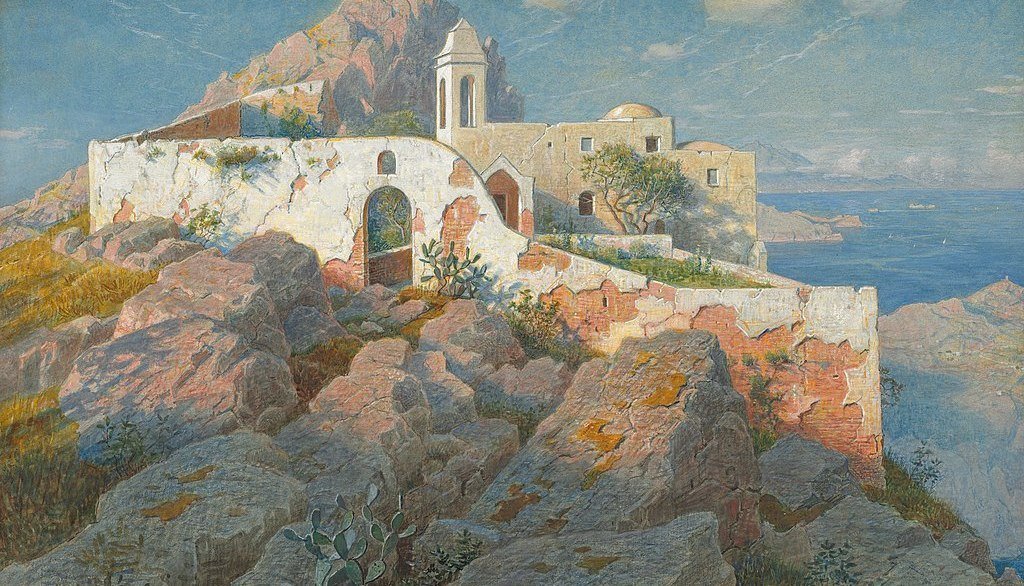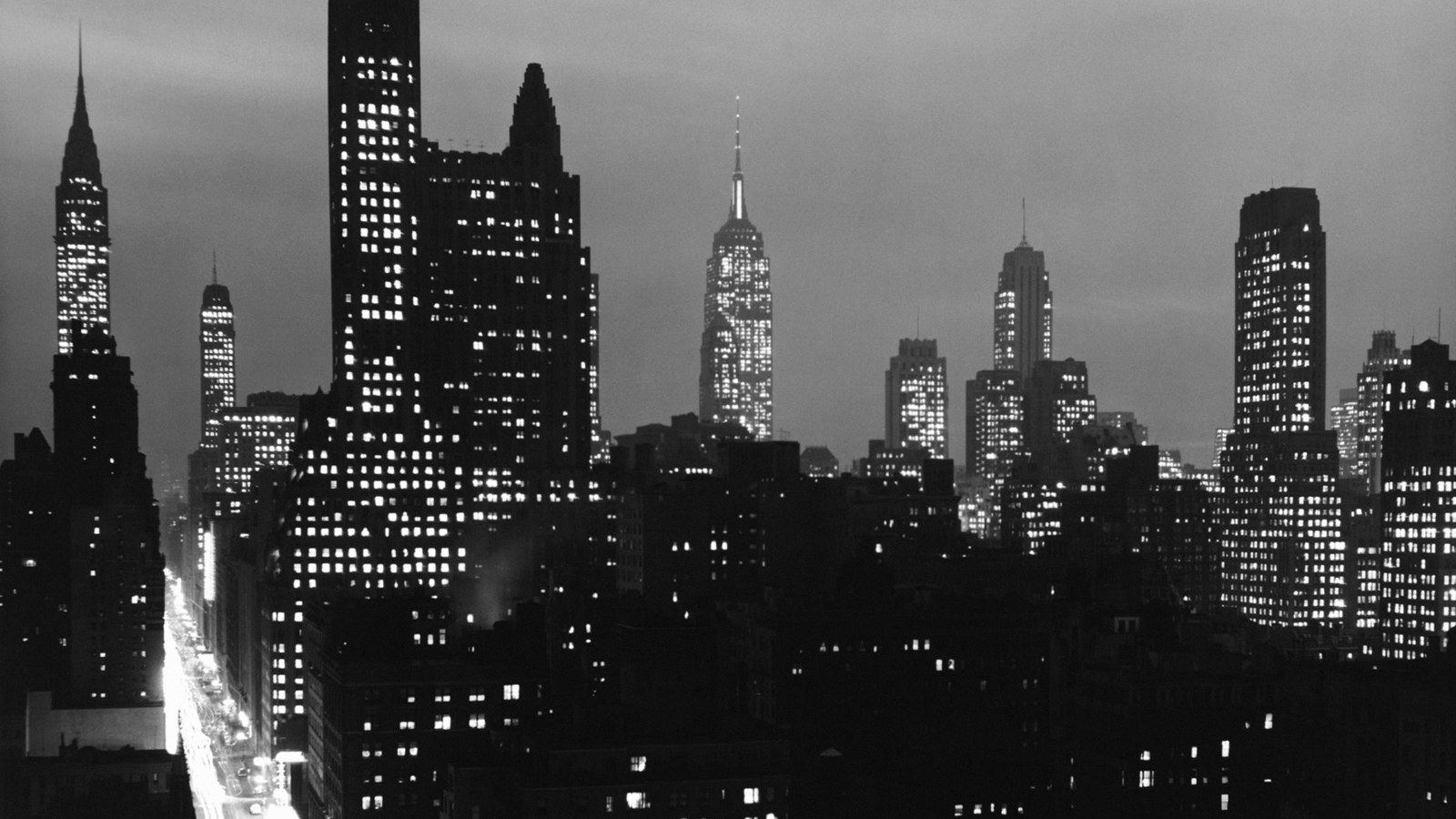Paul Creston’s Dance Overture: Celebratory Variations
The music of the American composer, Paul Creston (1906-1985), is filled with sunny harmonies, lush tonal colors, and rhythmic vitality. Creston was born in New York City to Sicilian immigrant parents. Baptized Giuseppe Guttoveggio, he changed his name, selecting “Creston” after a character he played in a high school drama. As a composer, he was entirely self-taught. Through the study of scores, he considered his teachers to be Bach, Scarlatti, Chopin, Debussy, and …






